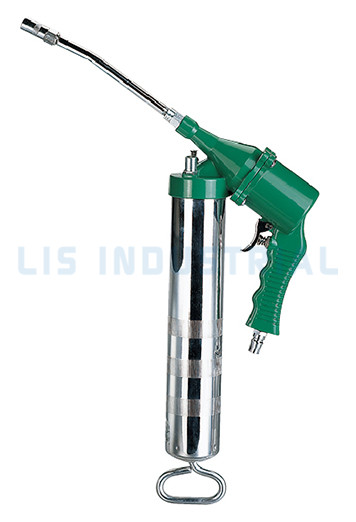A manual or electric grease gun can be used in various applications. A pneumatic grease gun has a hose connector that is connected to a coupler by a hose. Typically, you can use a gun with a 30-inch hose. The hose connection is flexible, and you can switch between pressure and volume modes. It comes with a one-year warranty and a coupler storage clip. If you're a homeowner, a battery-operated gun is an affordable option.
Electric and battery-operated Grease Guns are the most common types. These tools have a trigger or lever to control their propulsion. They are most often pneumatic, but can also be manually operated. They're also more affordable and portable than pneumatic or electrical models. They're useful for removing contaminants and are an inexpensive solution to manual lubrication. And remember that a properly maintained Grease Gun is an essential tool in the maintenance of mechanical equipment.

An electric grease gun is an excellent option for tight areas. The pneumatic version is more effective and efficient, lubricating equipment better and using less energy. Unlike the electric version, a pneumatic gun has a consistent output of grease, which means lower operating costs. Furthermore, batteries don't react to moisture, which is another drawback of electric guns. They also come with a one-year warranty. There are many different types of Electric Grease Guns, but the best choice for your specific application depends on your needs and your budget.
Electric Grease Guns are an excellent choice for a variety of applications. They're battery-powered and are ideal for many applications. A cordless electric grease gun is an excellent option for many people. The main benefit of a cordless power-operated gun is its portability. You can also use it as an extension for a power-operated one. You'll find that there are numerous advantages of both types.

 Search
Search
 English
English 中文简体
中文简体 Deutsch
Deutsch













